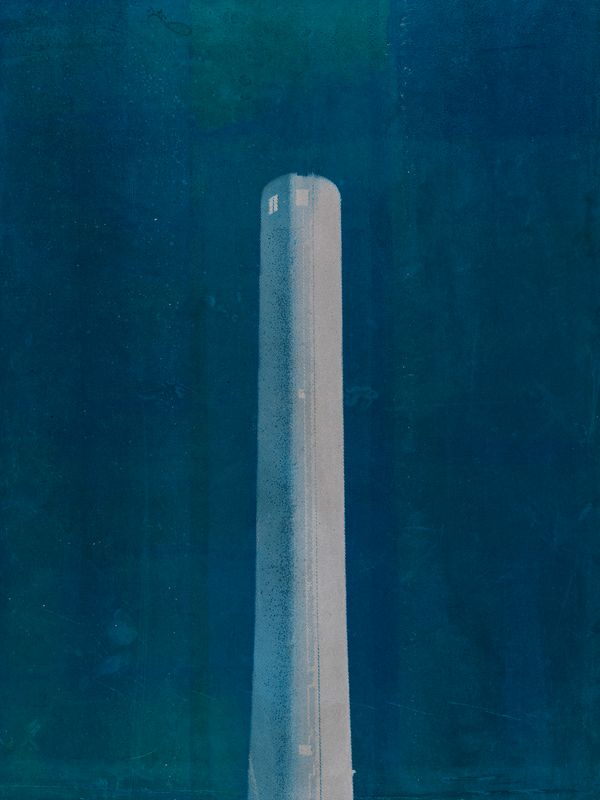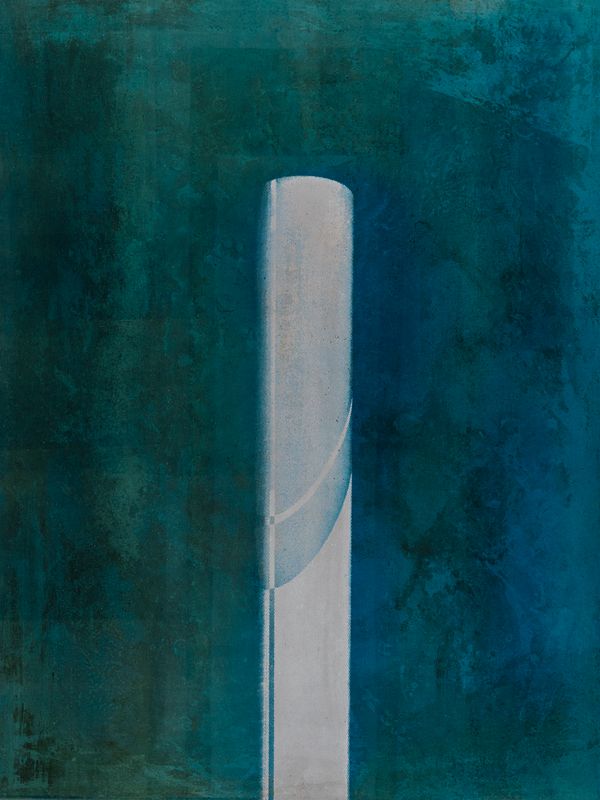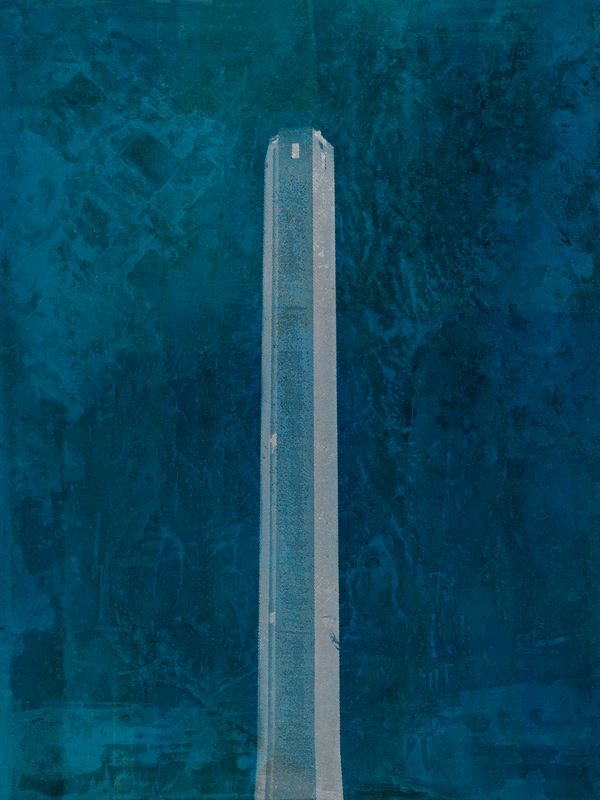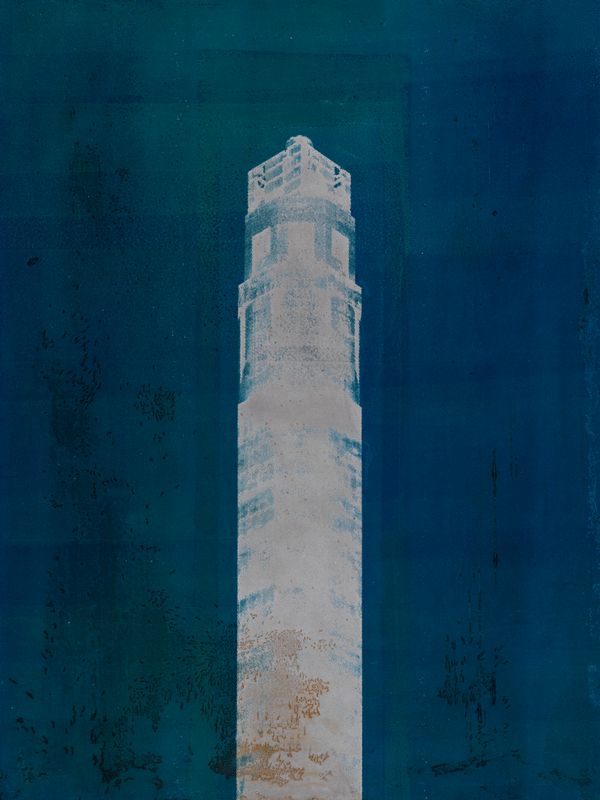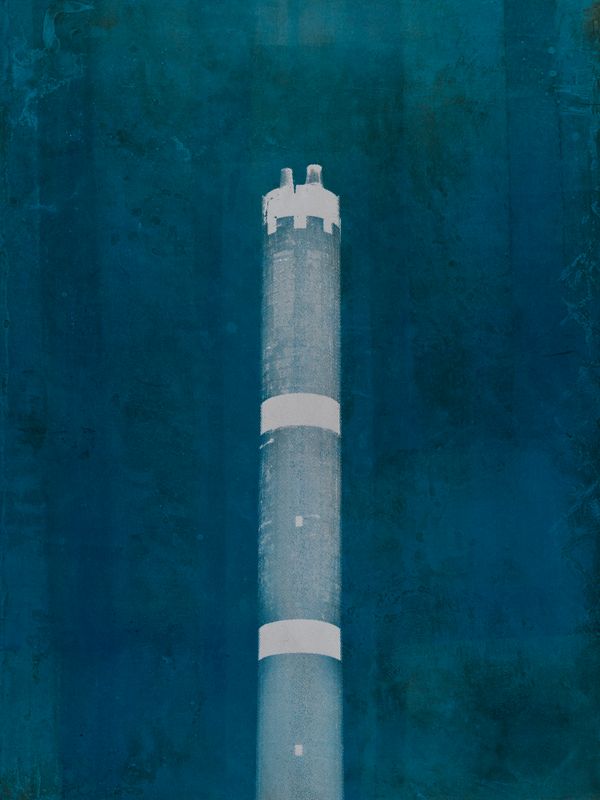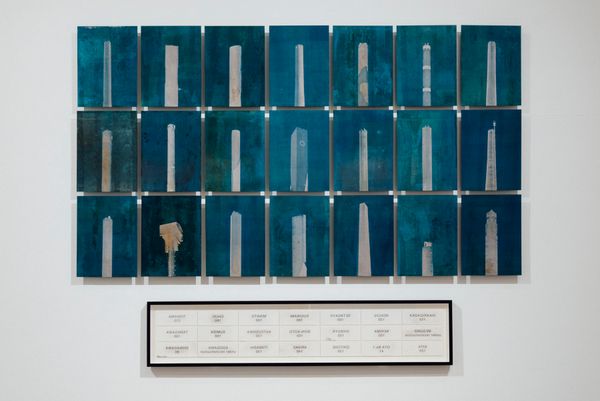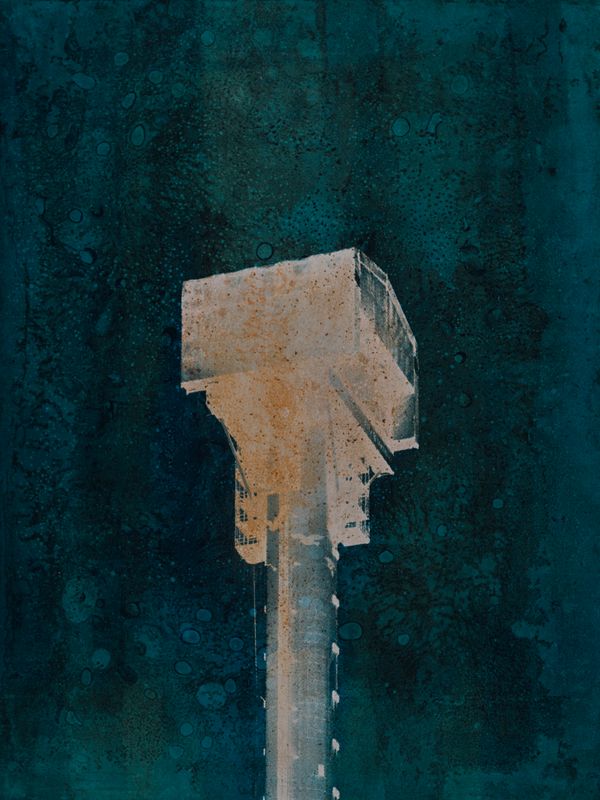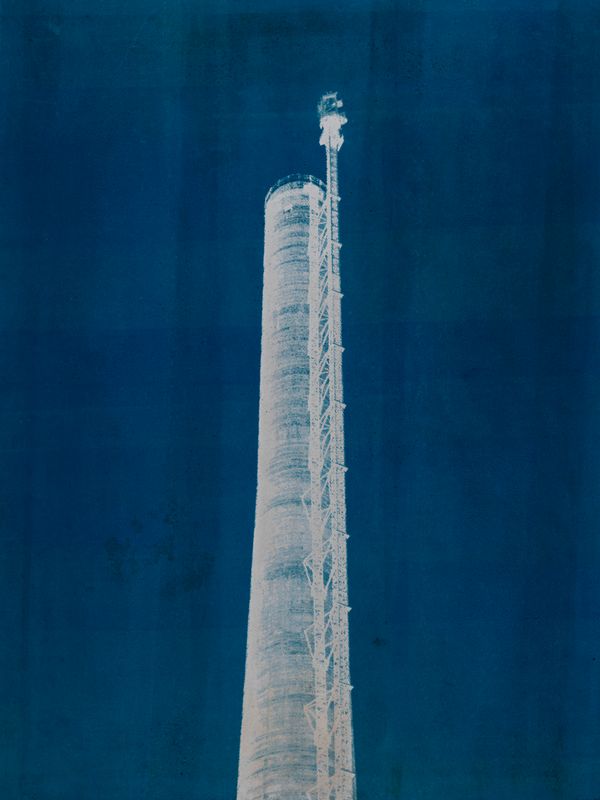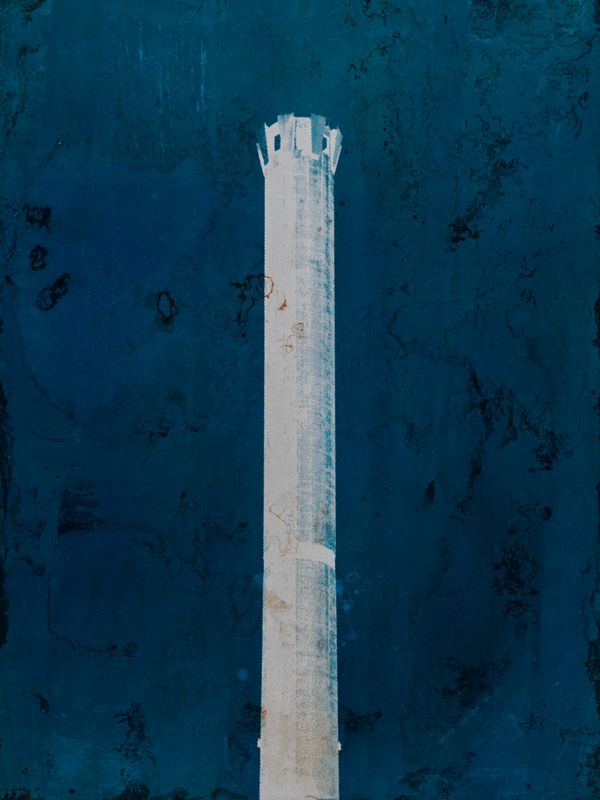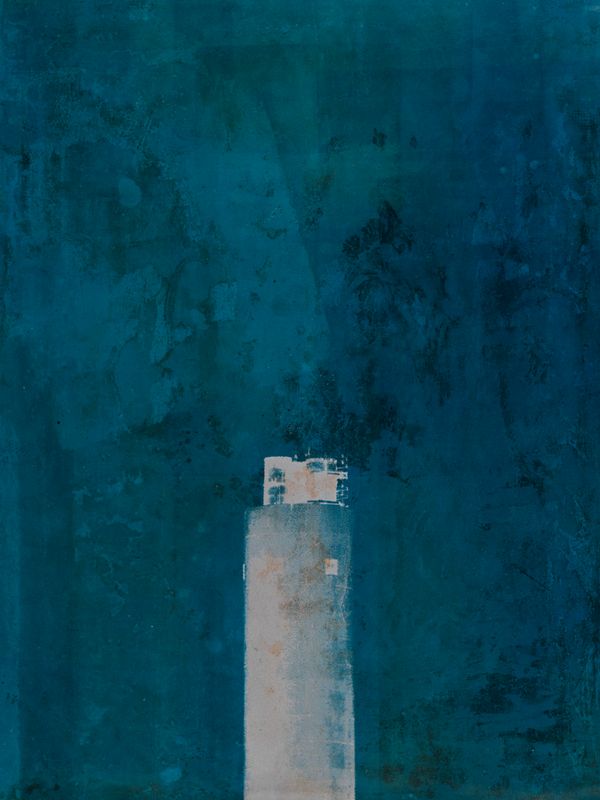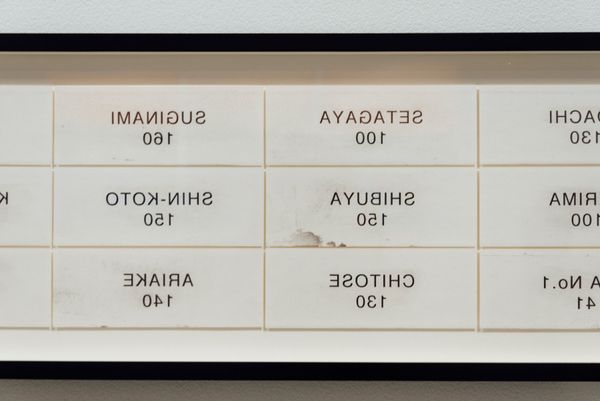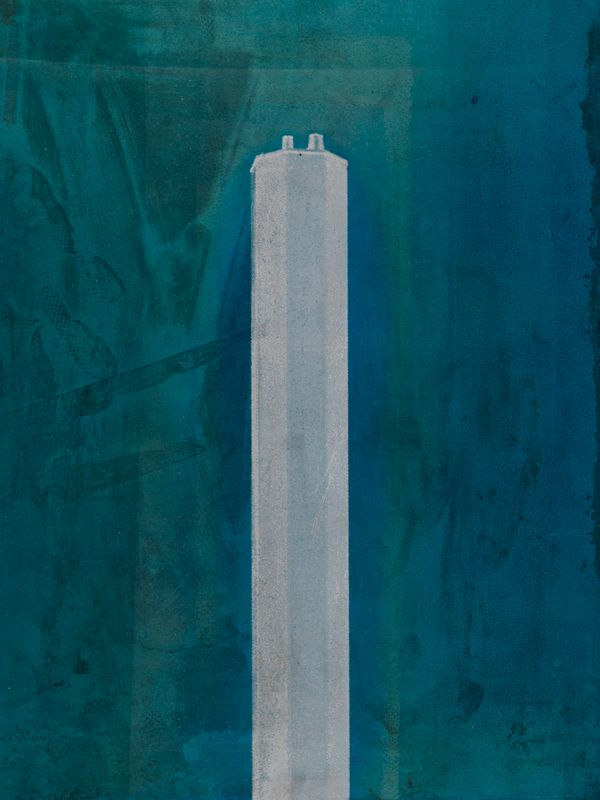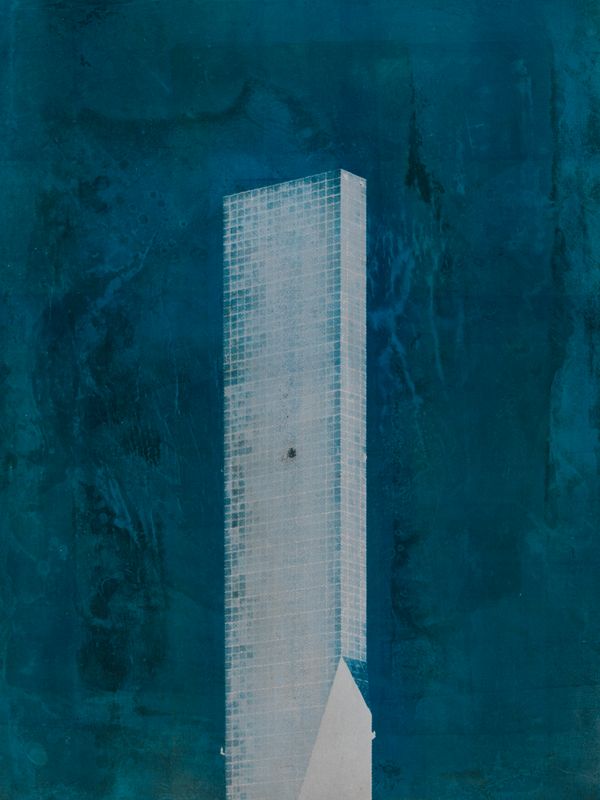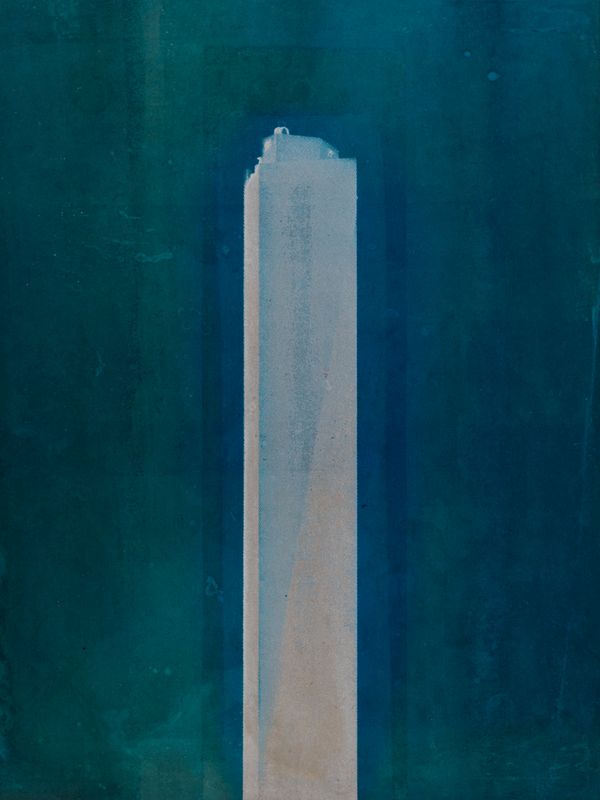The Stacks
-
Dates2022 - 2023
-
Author
- Topics Contemporary Issues, Fine Art, Nature & Environment, Social Issues
- Locations Tokyo, Japan
With photographs of 21 photo-etched steel plates, each depicting the chimneys of all incineration plants jointly operated by the 23 Cities of Tokyo Metropolis, the project is intended to reflect on the unintended consequences of waste management in Japan.
The chimneys of all 21 incineration plants jointly operated by the 23 Cities of Tokyo Metropolis are depicted on steel plates for photoetching. The title of each image is etched on the reverse side of the plate, indicating the name of the plant and the height of the chimney. The heights range from a minimum of 41 m to a maximum of 210 m, depending on the surrounding environment, such as airports, high-rise buildings, highways, and residences; there is also a wide variety of designs to take into account the impact on the landscape and surrounding residents. The service life of the plants is around 25-30 years, and they are being reconstructed in turn.
My initial idea was to print those 21 photographs with ink mixed with ashes from burning waste. However, it turned out that waste ashes are very dangerous and can only be handled by authorised organisations and people. This means that waste management is very well controlled. I therefore decided to emphasise the absence of incinerator ash by showing plates on which the ink was to be placed, rather than printed material. Also, by leaving the stains and rust on the plates, which were unintentionally created during the production process, I am questioning whether humans can really control everything perfectly.
The Japanese associate waste with incineration. Annual statistics by the Ministry of the Environment Government of Japan show that about 80% of waste is directly incinerated. However, this is limited to municipal waste. In the past, all waste in Japan was disposed of by local authorities. Due to the massive increase in waste resulting from rapid economic growth, the law was amended in 1970 to classify waste into ‘municipal waste' and 'industrial waste'. The former is still the responsibility of each local authority and is handled in well-controlled incineration plants within the discharge area, as symbolised by the 21 waste incineration plants in the 23 Cities of Tokyo. The latter, on the other hand, is the responsibility of emitters and wide-area treatment by intermediate companies has been permitted. This at one point led to uncontrolled private business and massive amounts of industrial waste being dumped illegally.

